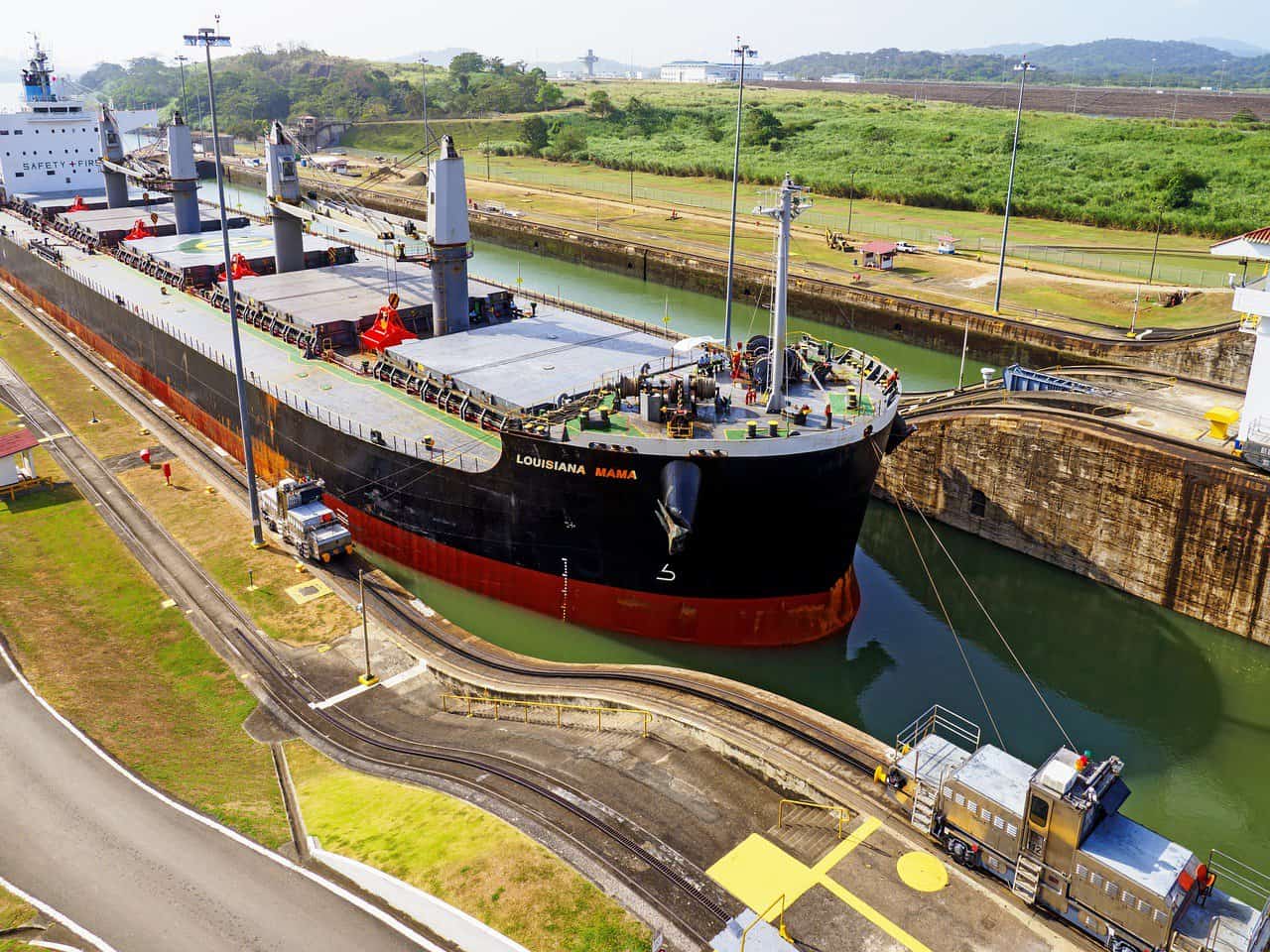The administrator of the Panama Canal, Ricaurte Vásquez, announced on Monday the plan to construct a new reservoir within six years, costing around $1.6 billion, to ensure an adequate water supply for the canal’s operation.
The project, which will require a bidding process, involves building a dam on the Indio River, west of the maritime route, to prevent future restrictions on ship transit due to water shortages, similar to the events of 2023.
Unlike the Suez Canal, the Panama Canal relies on fresh water obtained from rainfall, which used to be abundant. “We’re talking about six years,” Vásquez told reporters when asked about the completion timeline for the new reservoir.
The deputy administrator of the Canal, Ilya Marotta, explained that these six years include all the “social work” with the more than 2,000 people who will be affected by this project, as well as the construction of the dam and its filling.
The approximate cost of the project “exceeds $1.2 billion solely for physical construction” and “approximately $400 million” more for addressing the needs of the affected communities that will need to be relocated, Vásquez added.
Last week, the Supreme Court ruled that the waters of the Indio River could be used by the Panama Canal. This interoceanic route, through which 6% of the world’s maritime trade passes, operates with water stored in the artificial lakes Gatún and Alhajuela.
For each ship that passes through, about 200 million liters of fresh water are discharged into the sea, sourced from a watershed that also supplies potable water to half the country’s population.
The Indio River dam would allow water to be transferred through an approximately 8-kilometer tunnel to Lake Gatún. The Canal’s watershed was last expanded in 1935, when there were about 6,000 transits, less than half of today’s traffic, and Panama’s population was under half a million, compared to 4.4 million currently.
In 2023, alarms were raised when drought caused by the El Niño phenomenon forced the Panama Canal, whose main users are the United States, China, and Japan, to reduce daily ship transits from 38 to 22 and the draft of vessels from 15.2 meters to 13.4 meters.
In addition to the Indio River project, canal authorities are exploring other alternatives to guarantee the water supply for the 80-kilometer interoceanic route. “In the short term, this is a necessary first step, but it is not enough, that must be clear,” Vásquez emphasized.
The water in this basin “would be exhausted in 10 years” without savings or new infrastructure projects, warned Óscar Ramírez, a member of the Panama Canal’s board of directors.








